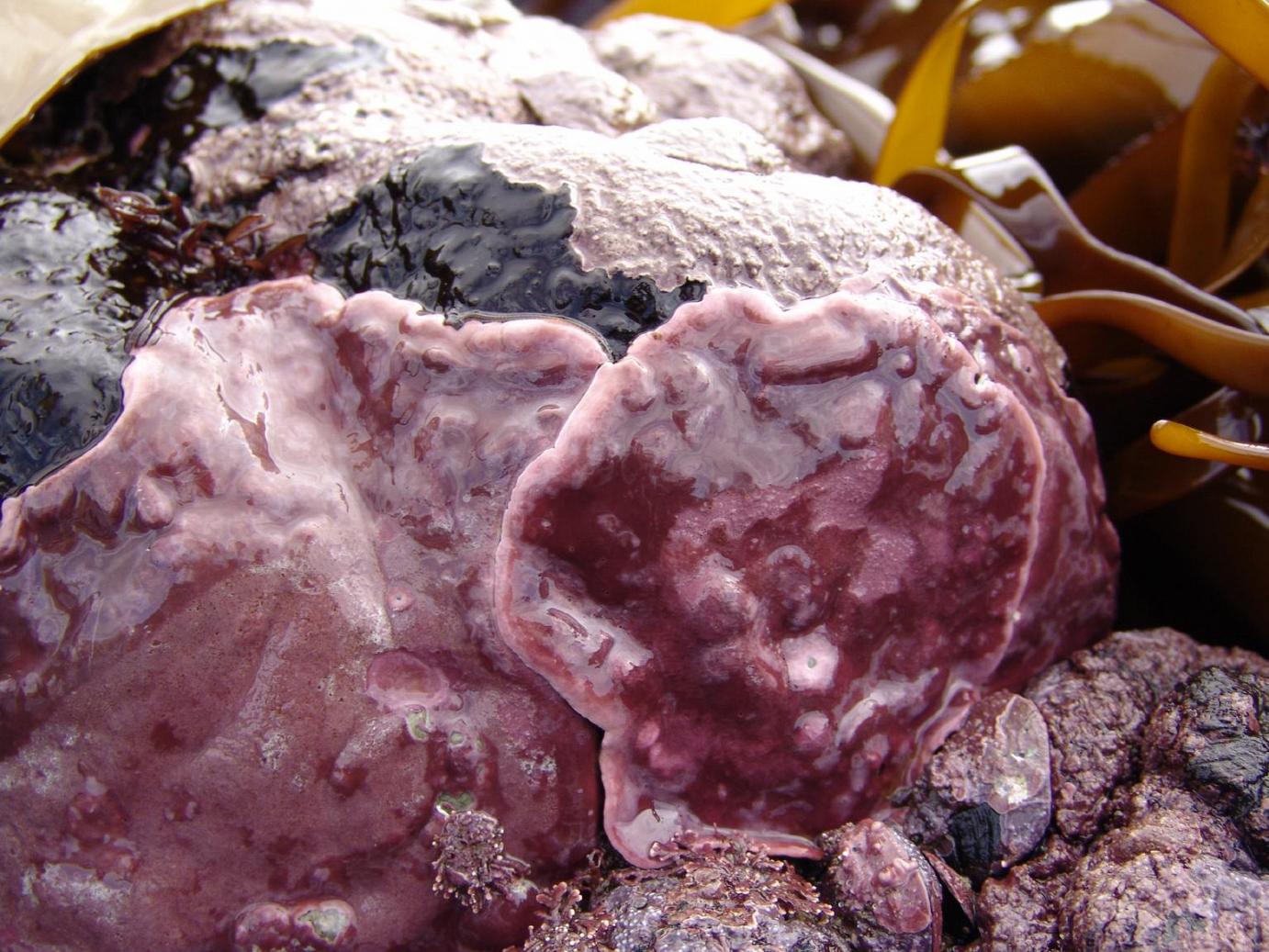The rich marine diversity of the Cape by Gavin W. Maneveldt
(Oceans of Contract): The South African coastline is bathed by mighty oceans (Image credit: Coastcare Fact Sheet Series produced by the former Department of Environmental Affairs and Tourism, 2006. Used with permission).
An Introduction:
The Marine and Guiding course has started and is in full swing at De Hoop Nature Reserve. De Hoop Collections have kindly sponsored accommodation, and the students have stayed at Mellkkammer, one of the original estates in the Reserve. A unique opportunity.
Gavin Maneveldt, a biodiversity and conservation professor at University of the Western Cape, gave two days of dynamic lectures on marine life and hands-on live experiences on the beach - watching anemones, octopuses, whelks, and many other living organisms on the rocky shores of De Hoop. An interactive walk for adrenaline junkies of a different type.
The rich marine diversity
of the Cape
By Gavin W. Maneveldt
Department of Biodiversity & Conservation Biology
University of the Western Cape
(Marine Diversity): Rocky intertidal shores of the Cape Peninsula are rich in diversity of various marine organisms.
South Africa lies in a unique geographical location and as a consequence boasts an astonishingly high biodiversity. Its nearly 3000km of coastline (less than 1% of the total length of coastline in the world) is bathed by three oceans (Atlantic, Indian and Southern oceans) and is home to roughly 16% of all the known coastal marine species. As a consequence of the varied sea surface temperatures South Africa (flanked on its west by the northward flowing, cold Benguela Current and on its east by the south-westward flowing, warm Agulhas Current) has three (a cool temperate west coast, a warm temperate south coast, a subtropical east coast) broad biogeographic marine coastal environments or provinces. Bordering these provinces are biogeographic transition zones in which there is a mingling of the biodiversity of the two neighbouring regions. Generally speaking, the western transition zone is located roughly between the Cape Peninsula at Cape Point and that area just east of Cape Agulhas. The eastern transition zone is located roughly between the area around the Kei River mouth and the Eastern Cape border with KwaZulu-Natal. Biogeographic transition zones are unique in that they not only contain marine organisms from each of the neighbouring regions, but they often also contain endemic species specifically adapted to only the conditions of that transition zone. For this reason, biogeographic transition zones are areas of particularly high diversity, with high levels of endemism.
The western biogeographic transition zone (along the south Western Cape) between the temperate regions is most fascinating. This stretch of coastline represents the greatest change in marine species composition for South Africa. This is so largely because of the high number of range-restricted endemics that are found only along a very narrow section of the coast. Within the western transition zone, False Bay and the surrounding Peninsula (at the western edge of the transition zone) have been reported to have the greatest number of range-restricted endemics. At the eastern edge of the western transition zone lies Cape Agulhas. New research is showing that this region is similarly rich in range-restricted endemics.
The meeting of the cold Benguela and warm Agulhas currents at the southern edge of the Agulhas Bank (roughly 250 km offshore of Cape Agulhas) fuels the nutrient cycle for much of the marine life in the area, making this region one of the most productive areas in South Africa. Also, the greatest calcite (the most stable form of calcium carbonate) gradient exists between the Agulhas Bank and Antarctica. This makes the region an area rich in calcium (an essential component of the shells and skeletons of many marine organisms) dependent organisms.
(coralline mosaic): The intertidal and shallow subtidal zones of the Agulhas region are rich in diversity of encrusting coralline algae that often form a mosaic of pink encrusting mats.
One such group of organisms is the coralline red algae. These calcified seaweeds are the only marine plants in which almost all vegetative cell walls are impregnated with calcite, making them hard as rock. While coralline algae are ignored by most marine biologists and even specialist phycologists (people who study algae and seaweeds), they are ecologically very important. Not only do these organisms help cement reefs together, they are important sources of primary production (taking in carbon dioxide and releasing oxygen) and food for very many other marine organisms. Recent evidence has even suggested that coralline algae may be one of the largest stores of carbon in the biosphere, making them globally very important organisms considering the impacts of increased carbon emissions and its subsequent effects (through ocean acidification) on the oceans.
New research (incorporating DNA sequencing) has shown that we have highly underestimated the diversity of the coralline algae (by as much as 2-4 times that which is currently recognised) and that the Agulhas region is particularly rich. More interestingly, this new research is showing that marine species are generally not widely distributed across ocean basins and are in fact more endemic than previously thought. Two range-restricted endemic species of encrusting coralline algae, new to science, have recently been documented for the area. Both species have been found to occur in an area no greater than about 10 km (the shortest range of any known marine species) of coastline at the southernmost tip of the African continent. Similar findings are more than likely to surface for other groups of marine organisms as new research methodologies (such as DNA sequencing) becomes increasingly more popular.
Figure Captions (all images except, Fig. 1, was taken by Gavin W. Maneveldt)






